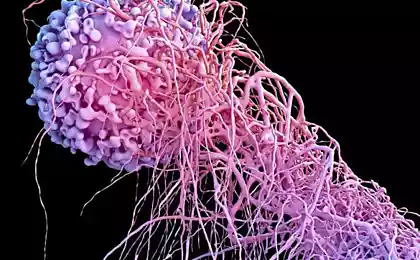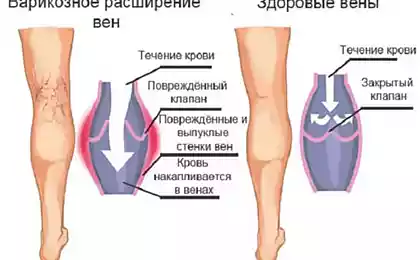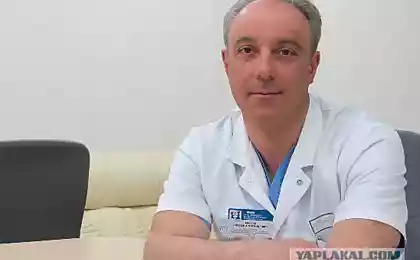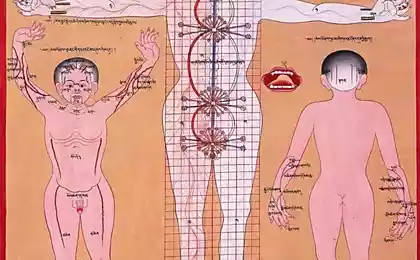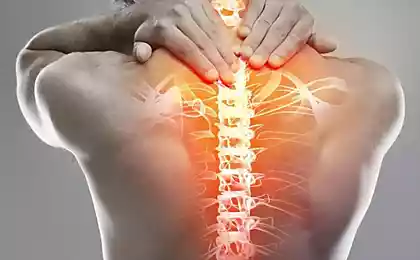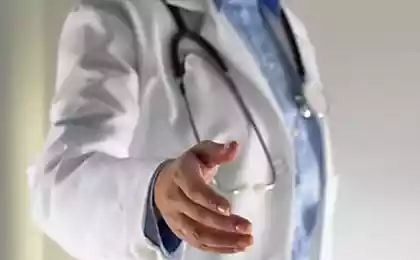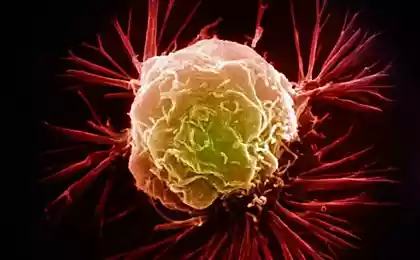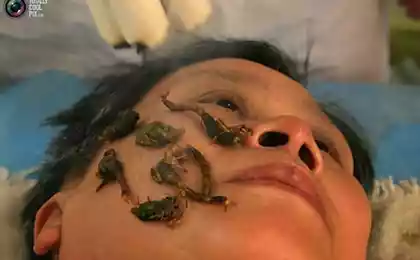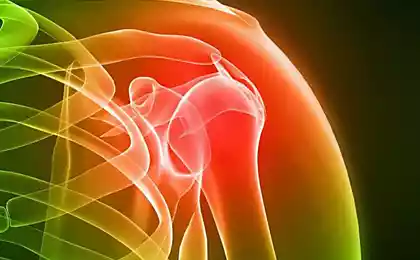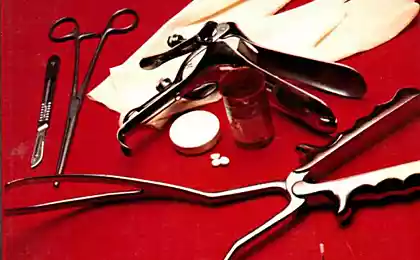244
The most terrible treatments in the history of medicine
For thousands of years, medicine has been closely associated with spiritualism and myth. Even today, in some parts of the world, healing is often associated with treatments and practices that seem like utter quackery.
Even in the 20th century, strange and scientifically erroneous medical procedures were in high gear in the treatment of any ailment, from baldness to asthma. Below you can read about the seven strangest treatments in the history of medicine. Some of them have certain advantages, while others are almost insane and have no scientific basis, but have gained popularity among doctors and patients.
Leeches and bloodletting The use of leeches to suck the blood of a sick person has been practiced for thousands of years since ancient Egypt. Egyptian healers believed that this method helps to get rid of fever and various other diseases. Leeches were also widely used in medieval Europe.
And although leeches are not often used in our time, they are still preserved in modern medicine. They are used to facilitate skin healing after transplantation, often necessary in the treatment of burns. Leeches have the ability to restore blood circulation in blocked veins and are used to replant fingers, ears and other parts of the body. Back in 2004, the Food and Drug Administration approved the use of leeches for medical purposes.
Bloodletting is the process of extracting a certain amount of blood from a patient. In ancient times, physicians believed that the work of the body is regulated by “juices”, or body fluids, which should be in proper balance. Bloodletting was one of the most common medical practices until the 19th century. To date, it has been proven that bloodletting is not safe, and is also ineffective in the treatment of diseases.
Tapeworms Solitaires are a terrible thing. Imagine a long white living creature curled up in some organ and feeding on the food you eat.
One of the most erroneous and creepy diets that have existed is probably a diet using tapeworms. Yes, people used to swallow tapeworms in hopes of losing weight. Meanwhile, doctors warn that such a “diet” can cause a wide range of undesirable side effects, and even lead to death. Those who want to lose weight are better to adhere to proven methods: consume fewer calories and increase physical activity.
lobotomy In 1949, two doctors actually won the Nobel Prize in Physiology or Medicine for a procedure known as lobotomy, which has now been debunked and labeled harmful. Lobotomy is a neurosurgical procedure that involves cutting the tissues connecting the frontal lobes of the brain to the rest of it, by inserting pliers through the eye sockets and, in fact, penetrating the brain.
It sounds crazy, but until the mid-1900s, there were about 40,000 lobotomies in the United States alone. The method was largely introduced by Yale graduate Dr. Walter Freeman, who performed lobotomies on thousands of patients, often without even wearing surgical gloves.
Lobotomy was thought to treat mental disorders in general, from anxiety and depression to hallucinatory disorders. In most cases, patients suffered neurological, mental and emotional damage as a result of this procedure, remaining crippled for the rest of their lives.
Their parents, worried about cranky teenagers, allowed them to be lobotomized in the 1940s, 50s and 60s, including John F. Kennedy’s sister, Rosemary. As a rebellious teenager, she did not fit in with the rest of this determined and accomplished family; her father sent her to a lobotomy at the age of 23, after which she lost the ability to walk and talk for life. Until her death, Rosemary lived in an institution cut off from the world, never recovering from surgery.
trepanation Perhaps one of the oldest forms of medical intervention in the human body is trepanation. Essentially, this is drilling holes in the skull to treat problems such as seizures, migraines and mental disorders. Evidence of this practice has been found on prehistoric Neolithic remains. Today, people like Bart Hughes still consider trepanation to be an effective way to improve mental abilities, although modern doctors can’t say anything good about this primitive procedure.
Asthma cigarettesCure. While this sounds counterproductive, in the 1900s asthma patients were often prescribed medicinal cigarettes or combustible powders. Doctors recommended asthma patients to inhale smoke from burning dope, lobelia, tobacco and potassium carbon dioxide. Of course, it has long been known that smoking anything causes asthmatics much more harm than good. Cigarettes in particular will only make your condition worse.
Urine therapy Urine therapy is the use of urine for medicinal or cosmetic purposes. It may involve using your own urine inside or rubbing it into your skin. There is not much scientific evidence to support urine therapy, but some staunch adherents continue to use it today.
The practice has been used around the world for thousands of years, beginning in ancient Rome, where people allegedly consumed urine to brush their teeth. Drinking urine in the morning was also sometimes associated with yoga or meditation.
Radioactive water Another hollow fiction became popular in the early 20th radioactive water. In 1903, radioactive properties of water from some hot mineral springs were discovered. People came to the conclusion that radioactivity is good for health; hot springs began to be advertised as "radium" resorts. One day, the U.S. health chief declared radium a cure for malaria and diarrhea.
After that, people began to drink radioactive water and swim in it in these resorts. All this enterprise is now simply called “radioactive quackery,” because now we know that irradiated toothpaste is likely not to whiten your teeth, and in general, nothing good for your health.
source
Source: /users/147
Itsy — dwarf ceramic pots the size of a thimble
Liquid crystals in the role of lubricants – a new technology
